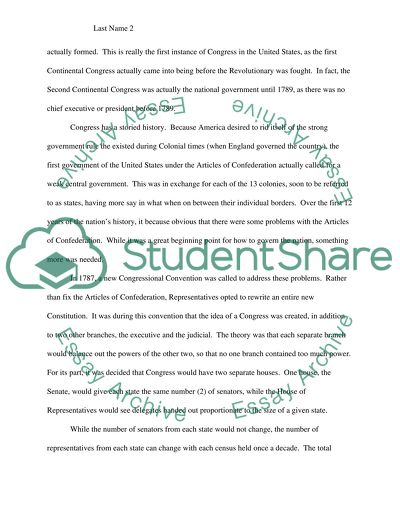Cite this document
(A Brief History and Present Day of American Congress Term Paper, n.d.)
A Brief History and Present Day of American Congress Term Paper. Retrieved from https://studentshare.org/politics/1608703-congress-past-and-present
A Brief History and Present Day of American Congress Term Paper. Retrieved from https://studentshare.org/politics/1608703-congress-past-and-present
(A Brief History and Present Day of American Congress Term Paper)
A Brief History and Present Day of American Congress Term Paper. https://studentshare.org/politics/1608703-congress-past-and-present.
A Brief History and Present Day of American Congress Term Paper. https://studentshare.org/politics/1608703-congress-past-and-present.
“A Brief History and Present Day of American Congress Term Paper”, n.d. https://studentshare.org/politics/1608703-congress-past-and-present.


